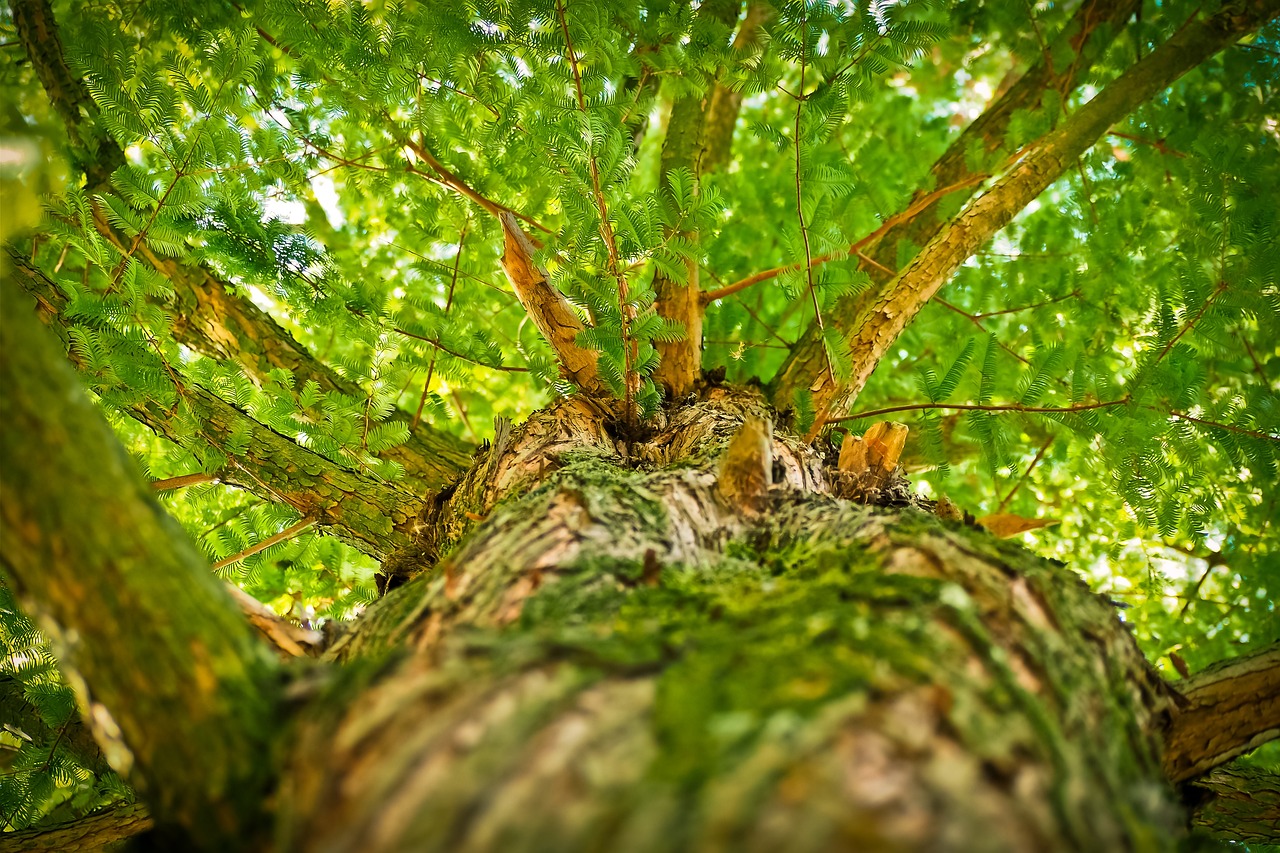10 Signs Your Tree May Be Sick
Maintaining healthy trees is essential for the safety and beauty of your landscape. However, trees can become sick due to various factors, such as pests, diseases, and environmental stress. Early detection of these issues can prevent further damage and potential hazards. Here are ten signs that your tree may be sick.
1. Discolored or Wilting Leaves
One of the most obvious signs of a sick tree is discolored or wilting leaves. Leaves may turn yellow, brown, or black and might droop or curl. This can indicate various problems, including nutrient deficiencies, disease, or pest infestations.
2. Unusual Leaf Drop
While it’s normal for trees to shed leaves in autumn, unusual leaf drop during other seasons can be a sign of stress or illness. If your tree is losing leaves out of season, it might be dealing with an underlying issue.
3. Dead or Dying Branches
Dead or dying branches, also known as “deadwood,” are a clear indication that your tree is struggling. These branches may appear brittle, dry, and devoid of leaves. Deadwood can pose safety hazards and should be pruned promptly.
4. Cracks or Splits in the Trunk
Visible cracks or splits in the trunk can compromise the structural integrity of the tree. These fissures might be caused by extreme weather, physical damage, or internal decay, and they increase the risk of the tree falling.
5. Fungal Growth
The presence of mushrooms or other fungi on the trunk or base of the tree often signifies internal rot. Fungal growth indicates that the tree’s health is deteriorating and that it might be hollow or decaying inside.
6. Pest Infestations
Signs of pest infestations, such as holes in the bark, sawdust-like frass, or visible insects, can indicate that your tree is under attack. Pests like borers, aphids, and beetles can cause significant damage if not addressed promptly.
7. Excessive Leaning
While some trees naturally lean, an increasing or sudden lean can indicate root problems or structural instability. If your tree is leaning more than usual, it may be at risk of falling and should be inspected by a professional.
8. Bark Abnormalities
Healthy bark is firm and intact. Peeling, cracking, or loose bark can be a sign of disease or decay. Look for areas where the bark is missing or where new growth is not forming properly.
9. Poor Growth
Stunted growth, smaller-than-usual leaves, or an overall lack of vigor can signal that your tree is not healthy. Poor growth may result from root problems, soil deficiencies, or environmental stressors.
10. Cankers
Cankers are dead, sunken areas of bark often caused by fungal or bacterial infections. They can appear as dark, oozing sores and can weaken the tree, making it susceptible to further damage.
Take Action
Identifying these signs early can help you take action to save your sick tree. Regular inspections and maintenance are key to ensuring the health and safety of your trees and landscape. If you notice any of these symptoms, contact us to diagnose and treat the problem effectively.

